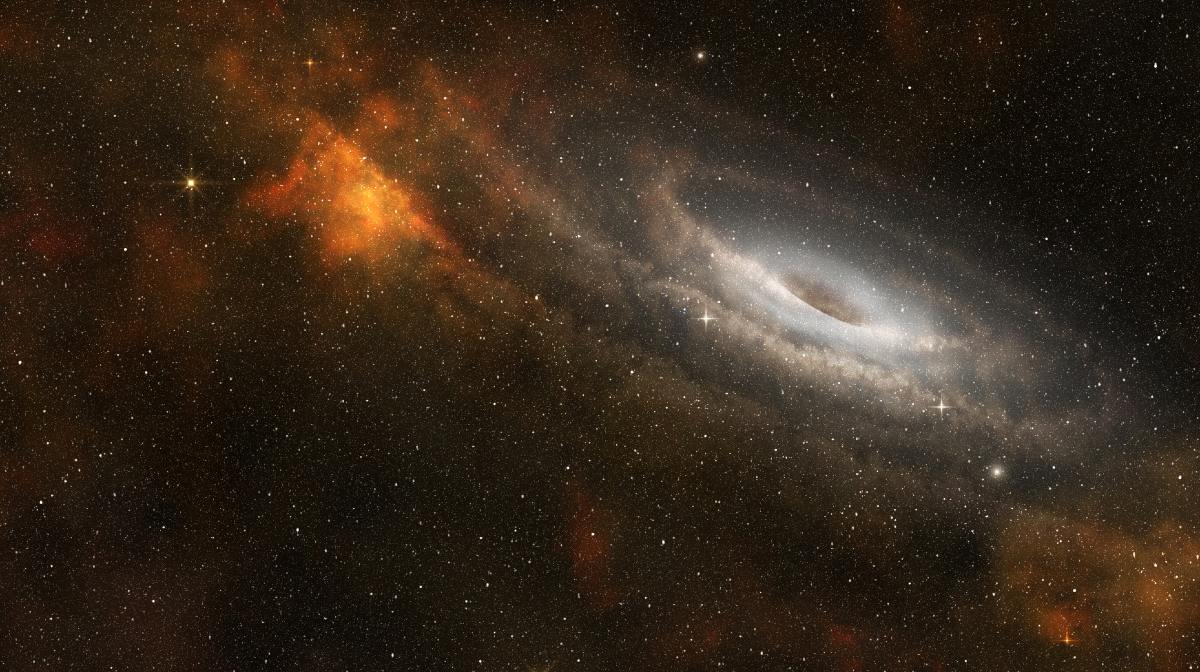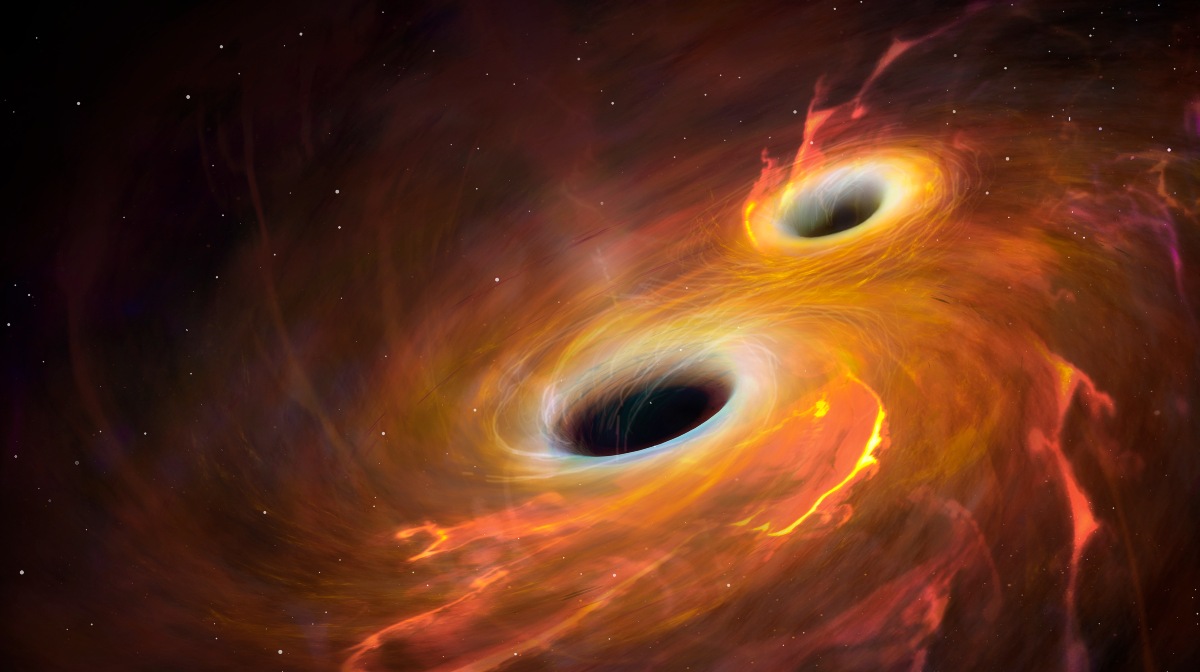Two newly discovered black holes are the closest to Earth and could represent an unknown type of universe.
Thanks to the work of an international team of astronomers, they have been discovered Two black holes So far, they are Very close to earth. The discovery relied on data Keya work of the European Space Agency (ESA).
The Two black holes were named Gaia BH1 and Gaia BH2 and are 1,560 and 3,800 light years away. In addition, according to a report from Monthly Notices of the Royal Astronomical SocietyBoth may appear in a Unknown type.

«What sets this new group of black holes apart?We already know that, Its large separation from its companion stars. These may have a completely different formation history than X-ray binary stars,” explains Karim El-Badri, lead author of the discovery, in a paper. liberation From ESA.
This might interest you: The largest black hole in the universe, the size of 30 billion suns
Gaia BH1 It is located in the constellation Ophiuchus Gaia BH2 In Centaurus. That means new black holes are inside the Milky Way. In turn, two They are nine to ten times larger than the Sun..
Two “apparently” passive black holes
discovery Gaia BH1 and Gaia BH2 Astronomers have not had it easyWell, unlike previously discovered, these don’t seem to consume anything. The above, temporarily, made them look inactive.

so, To detect black holesThe researchers were guided by the motions of two companion stars, similar to the Sun. The luminous bodies orbited around the newly discovered holes.
This may interest you: Scientists manage to create a black hole in a laboratory and it behaves in an unusual way
Astronomers have mentioned in this regard The stars showed a slight wobble, meaning that another body with enough mass to create that gravitational force is pulling them along. However, the hypothesis that it was caused by another massive star was rejected because no source of radiation was detected. Despite the above, scientists came to the conclusion that LMotions can only be created by black holes.
“Even if we didn’t find anything, this information is incredibly valuable Tells a lot about the environment around a black hole“, he says Space.com Discovery team member Yvette Cendes from the Harvard-Smithsonian Center for Astrophysics.
Driven by discovery, researchers They will continue to search for binary black hole systems. To do this, they will rely on the next Gaia data dump, which is scheduled for release 2025. New information has been reported sapace.comIt is based on 66 months of observations and gives more details about the movement of the stars.
Continue reading:
“Not even light escapes”: this is how a black hole actually works
The heart of the Milky Way will collide with a supermassive black hole from a nearby galaxy.
Why is it wrong to call the first image of a black hole a “photograph”?
A black hole ejects all the material it has eaten for three years
They discovered the first non-active stellar mass black hole outside our galaxy





:quality(85)/cloudfront-us-east-1.images.arcpublishing.com/infobae/KTKFKR763RBZ5BDQZJ36S5QUHM.jpg)